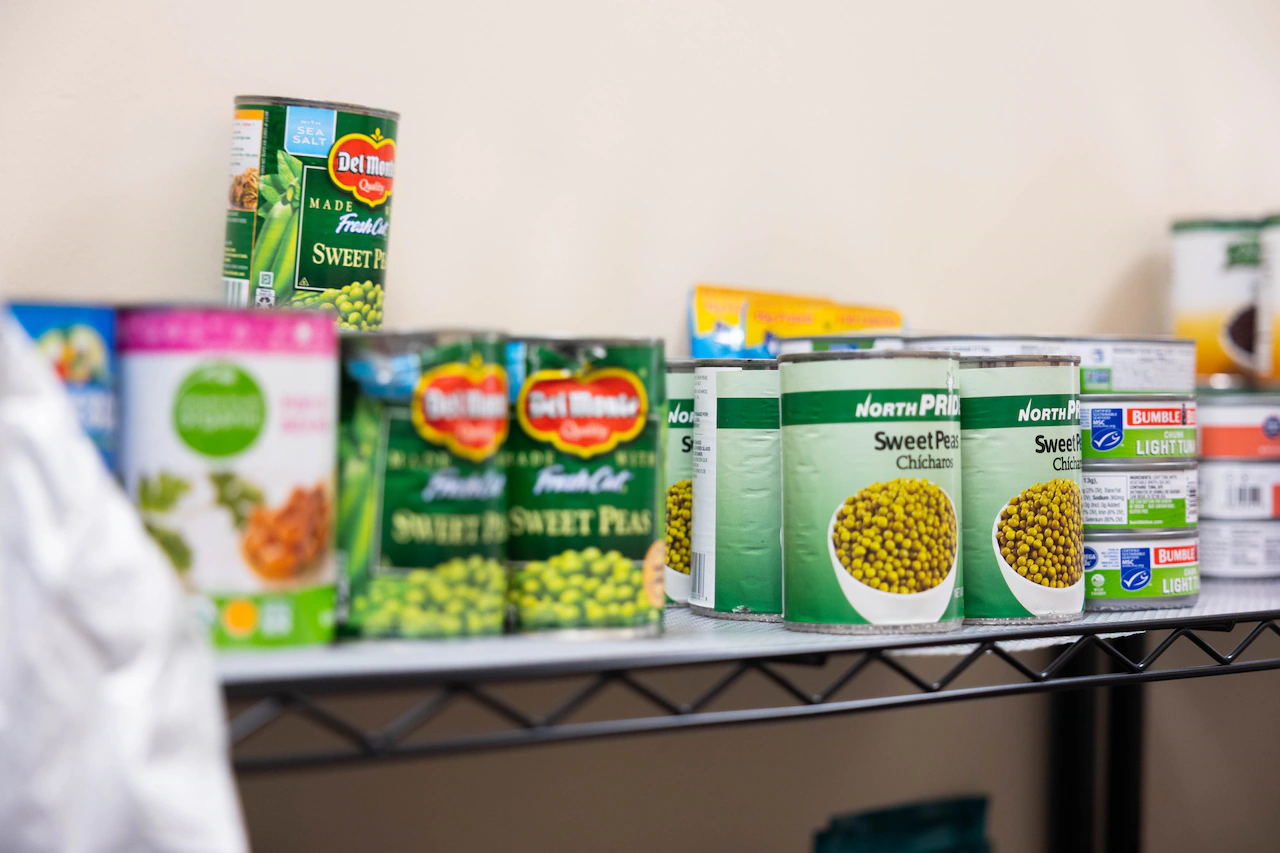Copyright Mechanicsburg Patriot News

The nation’s largest food assistance program, SNAP, has been at the center of a political showdown that’s left millions of Americans — 2 million in Pennsylvania — wondering how they’ll put food on the table. Here’s what you need to know: 1. SNAP benefits froze Nov. 1 The federal government shutdown that began Oct. 1 halted monthly SNAP payments starting Nov. 1. That’s a big deal because SNAP, often called food stamps, helps about 42 million Americans — roughly 1 in 8 people nationwide. For many families, this program is the difference between eating and going hungry. 2. Court rulings may affect the program Two federal judges ordered the USDA to keep SNAP funds flowing, forcing the Trump administration to use an emergency fund to partially cover November benefits. But here’s the catch: The fund only has $4.65 billion, about half of what’s normally needed in a month. So benefits will be partial and delayed. After the court rulings, Trump said in a Truth Social post that “SNAP BENEFITS … will be given only when the Radical Left Democrats open up government.” But in another twist, a White House spokesperson walked back Trump’s statement and said the government would make partial payments. However, on Thursday, a federal judge in Rhode Island has ordered the Trump administration to find the money to fully fund SNAP benefits for November. The ruling was in response to a challenge from cities and nonprofits complaining that the administration was offering to cover 65% of the maximum benefit. 3. What ‘partial funding’ means The average SNAP benefit is about $190 per person per month. Many recipients say they zeroed out their accounts in early or mid-October. Plus, loading the reduced benefits onto cards could take days, weeks or possibly even months, leaving families scrambling to stretch what little they have. December also could bring another crisis if Congress doesn’t act. 4. Pennsylvania’s governor declared emergency Gov. Josh Shapiro on Oct. 31 signed a declaration of disaster emergency to release millions to help feed low-income Pennsylvanians. Shapiro pledged $5 million for food banks and rolled out a private sector donation campaign, with more than $1 million for food banks through the “SNAP Emergency Relief Fund.” 5. Other states are pitching in California fast-tracked $80 million to food aid groups and even called in the National Guard to help distribute food. Washington is sending $2.2 million per week to food banks. Virginia went further, promising to give families comparable weekly benefits to what they’d normally get from SNAP. 6. Food banks were already stretched thin Even before the SNAP crisis, food banks were seeing high demand. Now, they’re bracing for a flood of visitors, some new, some old. Volunteers and nonprofits are scrambling to keep shelves stocked as families turn to them for basics like bread, milk and meat. Last month, WellSpan Health announced it would contribute the equivalent of 1 million meals to the Central Pennsylvania Food Bank. 7. Families are making tough choices Stories from Oregon and across the country paint a grim picture: empty fridges, skipped meals and parents worried about feeding their kids. One mom in Arizona said she’ll rely on food banks more because her benefits dropped from $800 to $400. A man in New Jersey, paralyzed and on a fixed income, said he’s asking relatives to buy groceries for him. For those without support networks, theoutlook is even more grim. 8. Kids and seniors are among the hardest hit In Oregon alone, 210,000 children and 130,000 people 65 and older depend on SNAP. These are people who can’t easily earn extra income to make up for the shortfall. Advocates warn that cutting benefits forces families to buy cheaper, less nutritious food or go without, which can lead to long-term health problems. 9. WIC got a boost, but it’s not enough The Trump administration added $450 million to the WIC program, which helps low-income mothers and young children buy healthy staples. That’s good news for families with infants, but WIC is separate from SNAP and much smaller in scale. It won’t cover the millions of households losing food assistance. 10. What happens in December? The emergency fund used for November could be tapped out. If Congress doesn’t end the shutdown or approve new funding, December could bring another round of cuts — or a complete halt. Advocates and some state officials are urging the U.S. Department of Agriculture to fully fund SNAP now, but so far, the Trump administration has declined to use other money that’s been set aside. For families, the uncertainty is exhausting. SNAP is a lifeline for millions, and while some states and food banks are stepping up, the partial fix for November leaves big gaps. If the shutdown drags on, December could be even worse. Donations to local food banks are playing a critical role. 2025 U.S. Government Shutdown While LIHEAP aid is unavailable, Pa. utilities promise not to cut off service Order to reduce U.S. flights because of government shutdown goes into effect US flight cancellations accelerate as airlines comply with government shutdown order



